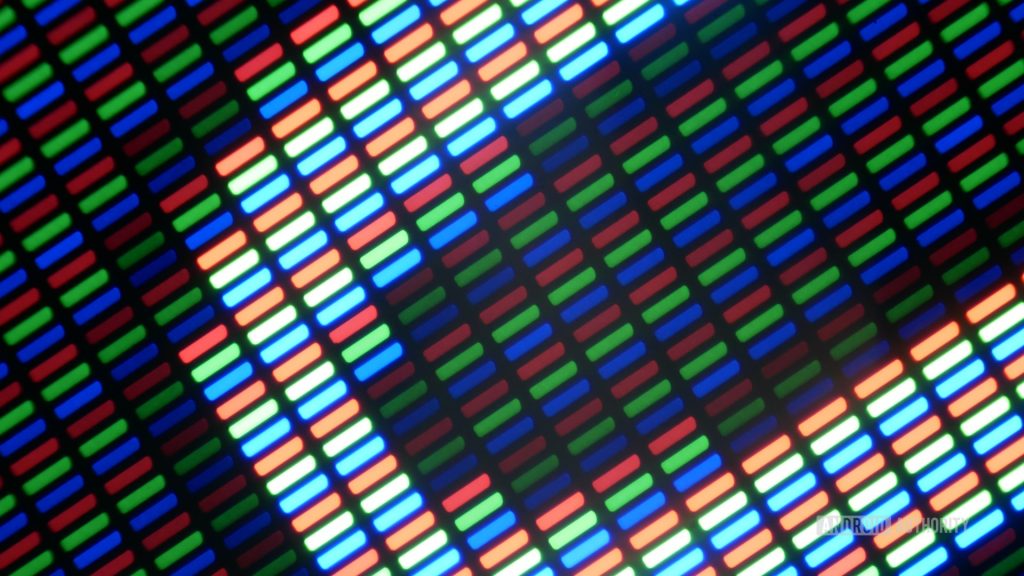The display is one of the most essential components of a smartphone, functioning as the primary interface between the user and the device. Whether you’re browsing the web, watching videos, or playing games, the quality of the display greatly impacts the overall user experience. Factors like display type, colour accuracy, brightness, and power efficiency all play a role in deciding how enjoyable and efficient a phone’s display is. This is why phone manufacturers invest heavily in display technology, with OLED (Organic Light-Emitting Diode) panels becoming preferred over traditional LCD (Liquid Crystal Display) panels in most modern smartphones.
Why OLED is Favored
OLED panels have distinct advantages over LCDs, making them the go-to display technology in smartphones. One of the key benefits of OLED technology is its ability to produce light on a per-pixel basis. Unlike LCDs, which require a constant backlight to illuminate the entire screen, OLED displays allow each pixel to emit its own light. This means that OLED panels can turn individual pixels on or off, leading to deeper blacks and higher contrast ratios. When a part of the screen is black, those pixels are simply turned off, resulting in true black and significant energy savings, a crucial factor in a battery-powered device like a smartphone.
Slimmer Design
OLED panels are also much slimmer than their LCD counterparts. This is because LCD screens require multiple layers, including a backlight, liquid crystals, and polarizers, to produce an image. In contrast, OLED panels do not need a backlight, as each pixel generates its own light. This reduction in layers makes OLED displays thinner and lighter, which helps smartphone manufacturers design sleeker, more compact devices. The thinner profile also provides more space for other components, such as larger batteries, without increasing the phone’s overall size.
Brighter and More Vibrant Displays
OLED panels are known for their exceptional brightness and colour accuracy. Since each pixel in an OLED display emits its own light, the colours are more vibrant, and the overall brightness levels are higher. This makes OLED screens particularly advantageous in outdoor settings, where high brightness levels are needed to offset sunlight. Additionally, because of the high contrast ratios, OLED displays can provide sharper images, making media consumption and gaming a more immersive experience.
Power Efficiency
The most meaningful advantage of OLED technology is its power efficiency. Smartphones are mobile devices, and battery life is a top concern for users. OLED panels only light up the necessary pixels, so they consume less power when displaying dark content or even parts of an image. In contrast, LCDs use a backlight that remains on regardless of the content being displayed, consuming more energy overall. This power-saving feature is especially beneficial for extending battery life in smartphones, which is a critical selling point for many users.
In today’s market, OLED panels have become the preferred display technology in smartphones due to their slimmer design, superior brightness, and, most importantly, power efficiency. As smartphone manufacturers prioritize battery life and display quality, OLED technology will likely remain ahead of display innovation.


